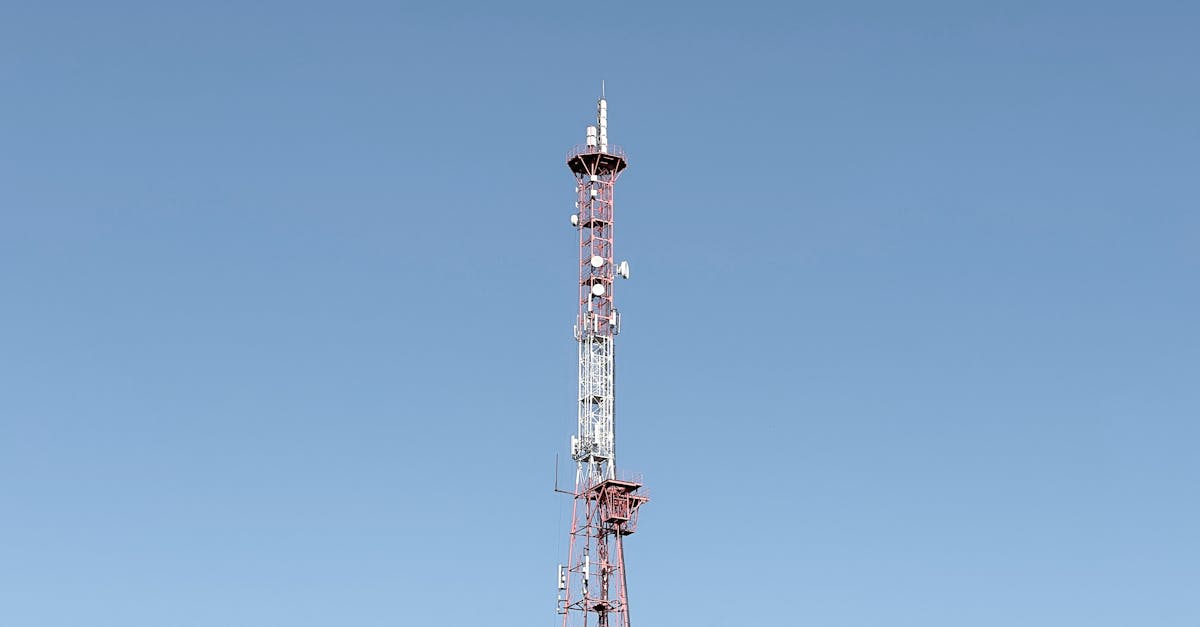Insider Insights into Daily Wireless News
Introduction to Daily Wireless
Wireless technology has become an indispensable part of modern life, shaping how we connect, communicate, and consume information. The daily wireless industry is ever-evolving, introducing innovations that push the limits of communication. Keeping up with this dynamic field requires constant updates on trends, breakthroughs, and shifts in consumer preferences. This article delves into the core of the daily wireless world, offering a window into its recent developments. From 5G advancements to the impact of IoT (Internet of Things), these topics paint a comprehensive picture of the landscape. As we explore this realm, we'll provide insights that blend technology with human interaction.
Advertisement
Behind the Rise of 5G Technology
5G technology stands at the forefront of wireless advancements, promising unprecedented speed and connectivity. Its rollout has been met with both anticipation and challenges, particularly in terms of infrastructure deployment. The capabilities of 5G extend beyond faster mobile internet, influencing sectors like autonomous vehicles, smart cities, and telemedicine. With enhanced bandwidth, 5G can accommodate more devices, a crucial factor in the growing IoT ecosystem. However, its implementation raises questions about spectrum allocation and network security. Understanding 5G's potential and limitations is essential for appreciating its transformative impact on daily wireless use.
Advertisement
IoT Integration in Everyday Life
The Internet of Things exemplifies how wireless technology integrates into daily life, connecting devices across diverse environments. From smart thermostats to wearable fitness trackers, IoT solutions optimize convenience and efficiency. In industrial settings, IoT enhances operational processes through real-time data analytics and automation. However, with increased connectivity comes heightened vulnerability to cyber threats, underscoring the importance of robust security measures. As IoT continues to weave into personal and professional realms, its influence on the wireless industry underscores an ongoing evolution.
Advertisement
Evolution of Wireless Standards
Wireless communication standards have evolved immensely, shaping how devices interact and share data. Early standards like Wi-Fi and Bluetooth laid the groundwork for subsequent innovations. Today, 5G and emerging protocols like Li-Fi—which uses light waves instead of radio frequencies—are defining new benchmarks. Each standard caters to specific needs, from low power consumption to high-speed connectivity. The ongoing evolution of these standards highlights the industry's response to consumer demands for better performance and interoperability. Understanding these shifts provides critical insight into the past, present, and future of wireless communication.
Advertisement
The Role of Wireless in Smart Cities
Smart cities leverage wireless technology to enhance urban living through efficient resource management and improved public services. Wireless networks enable data collection from sensors and devices, facilitating real-time responses to infrastructure needs. This connectivity aids in traffic management, smart lighting, and waste disposal solutions. However, realizing the full potential of smart cities requires overcoming challenges such as data privacy and equitable access. The synergy between urban planning and wireless tech is pivotal, driving sustainability and livability in metropolitan areas. Thus, wireless solutions are instrumental in shaping the cities of tomorrow.
Advertisement
Sustainability Concerns in Wireless Deployments
As the wireless industry grows, sustainability concerns become increasingly pertinent. Energy consumption by wireless networks and devices poses environmental challenges that necessitate innovative solutions. Efforts to develop energy-efficient technologies and eco-friendly materials are underway, driven by both regulatory mandates and consumer demand. The recycling and reuse of electronic components also play a role in mitigating environmental impact. Sustainable practices within the wireless industry not only contribute to ecological preservation but also align with corporate social responsibility goals, reinforcing the importance of ethical stewardship in technological advancement.
Advertisement
Security Imperatives in Wireless Communication
Security remains a critical concern in wireless communication, as networks are susceptible to various threats including data breaches and unauthorized access. The complexity of safeguarding wireless environments is compounded by the proliferation of connected devices. Encryption, multi-factor authentication, and intrusion detection systems are essential tools in securing these networks. Additionally, regulations such as GDPR emphasize data protection standards across the industry. As wireless technology advances, ensuring robust security frameworks must be a priority to protect consumer and enterprise information from potential threats.
Advertisement
Consumer Trends in Wireless Adoption
As consumers increasingly rely on wireless technology, their preferences and expectations shape industry trends. The demand for seamless connectivity fuels innovations in device design and functionality. Consumers are gravitating towards all-in-one solutions that integrate communication with entertainment and productivity. Simultaneously, there is a growing emphasis on user-friendly interfaces and accessibility features. The rise of wireless standards such as Wi-Fi 6 and the impending arrival of 6G are aligned with consumer desires for speed and reliability. By understanding these trends, industry players can design products that resonate with modern-day user needs.
Advertisement
Emerging Innovations in Wireless Tech
The wireless industry is a hotbed of innovation, with groundbreaking technologies on the horizon. Concepts like dynamic spectrum sharing and edge computing are set to redefine connectivity paradigms. The integration of artificial intelligence in network management enables smarter, more efficient operations. Furthermore, wireless power transfer and innovation in microchip design hold promise for future capabilities. These cutting-edge advancements highlight the potential of wireless technology to solve real-world challenges, underscoring the relentless pursuit of progress within the field. Staying abreast of these innovations provides a competitive edge in an ever-evolving landscape.
Advertisement
Conclusion: Navigating the Wireless Future
The dynamic nature of daily wireless developments poses both opportunities and challenges for industries and consumers alike. As we embrace innovations like 5G, IoT, and smart cities, the need for sustainable and secure solutions becomes paramount. Each leap forward requires careful consideration of ethical and environmental implications. By staying informed and adaptable, stakeholders can harness the full potential of wireless advancements. Looking ahead, the fusion of technology with human-centered design will shape a future where wireless connectivity enhances every facet of life. Together, we'll navigate this ever-changing terrain, unlocking possibilities yet to be imagined.
Advertisement





